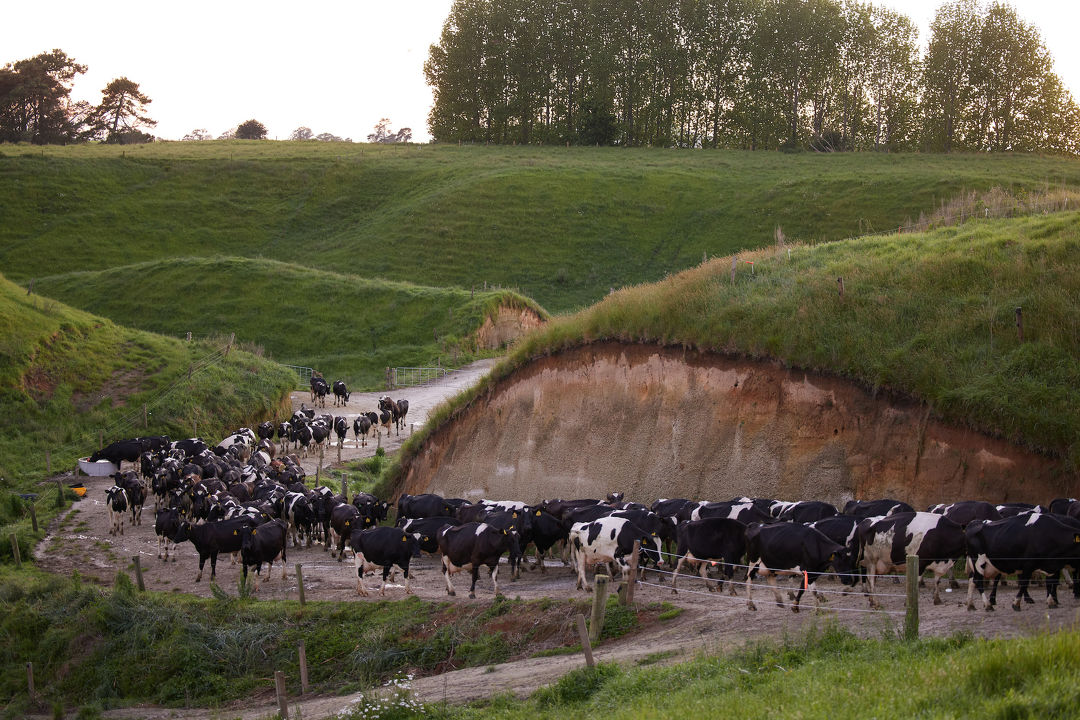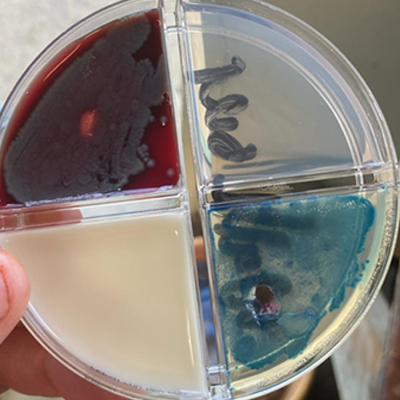Dairy farms see unexpected rise in Serratia mastitis
2 Apr 2024

A recent rise in an environmental pathogen has caught our attention here at FIL. While there have been cases recorded over the years, there has been a recent rise in Serratia mastitis according to Farm Medix® surveillance testing.
Serratia is most likely to occur in a wet, muddy, or swampy farm environment.
“This can include soil, water, feed and bedding. It can also be found growing around the cowshed in areas that stay wet or where puddles form, and it can look like an orange slime,” says Natasha Maguire, Farm Medix’s Chief Scientific Officer.
Serratia can enter the teat through a variety of means, including:
- Splashing of water, such as recycled feed pad wash, hosing off in the yard and shed around cows with cups off.
- Splash-back of water from drains, under platforms and at platform exits.
- Using wipes that have been contaminated with water from hosing down.
- Cows laying on feed pads, crops, or heavily grazed areas.
- Grazing too soon after effluent irrigation.
- Leaking troughs.
“Whilst some Serratia infections can be subclinical and chronic, most will be clinical. This is why it’s important to test clinical cases to identify the pathogen and a suitable solution,” says Natasha. “Unfortunately, Serratia is resistant to antibiotics and has a very low self-cure rate, so it's important to focus on prevention rather than cure.”
With very little known about Serratia on dairy farms, Natasha shares six tips to help prevent the risk of Serratia mastitis in the herd:
1. Correct teat spray application:
- Ensure your teat spraying is achieving good coverage around both the teat end and teat barrel after every milking. This will reduce the number of environmental bacteria on the teat surface.
- If Serratia has been identified, use an iodine-based teat spray at minimum of 3,000 parts per million (ppm).
- Serratia has been found in mixed chlorhexidine teat sprays, therefore spraying cows with contaminated teat spray provides a direct path for infection.
2. Fix wet areas where puddles form:
- This could be on races, in the cowshed, and around gateways and troughs.
3. Use clean water:
- Ensure water storage tanks are covered, and if using natural water sources, these may need to be cleaned.
4. Use a high-quality emollient in your teat spray:
- This helps to keep teat skin supple and works to restore teat health. Ensure your emollient levels are right for the season and conditions.
- It is recommended that you use an emollient rate of 12– 15%.
5. Teat score your herd:
• Assess and teat score teats early, mid, and late lactation. Good teat condition is helpful in protecting your herd from Serratia and most other mastitis causing pathogens.
6. Identify the mastitis-causing pathogens in your herd:
- Test individual cows showing signs of clinical mastitis with Farm Medix’s Fresh Cow Dry Cow™ or Check Up®, which will tell you the types of mastitis-causing pathogens you have in your herd.

Image: Serratia bacteria growth
If you have any questions about this article, or would like to discuss your farm’s mastitis management, get in touch with your local FIL Area Manager here.
Back...
